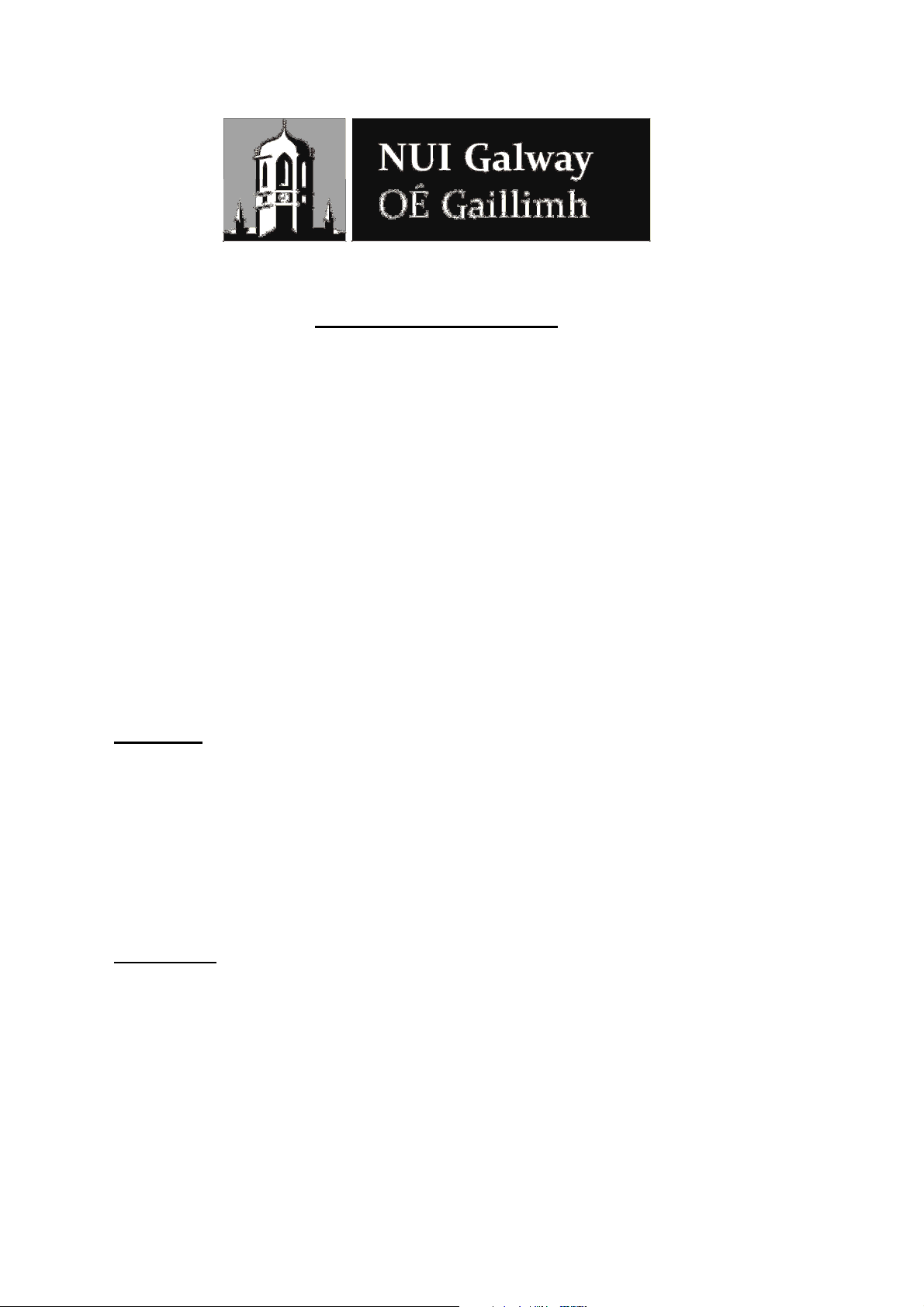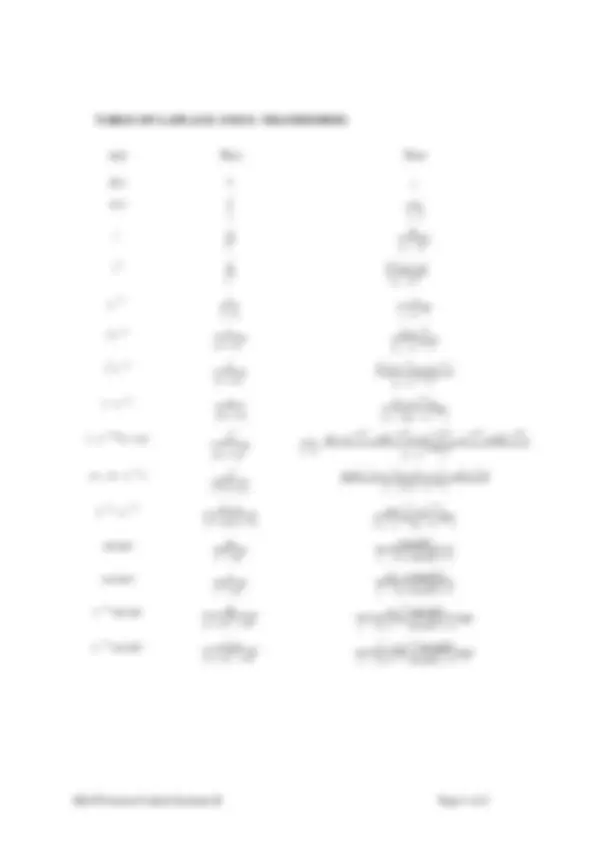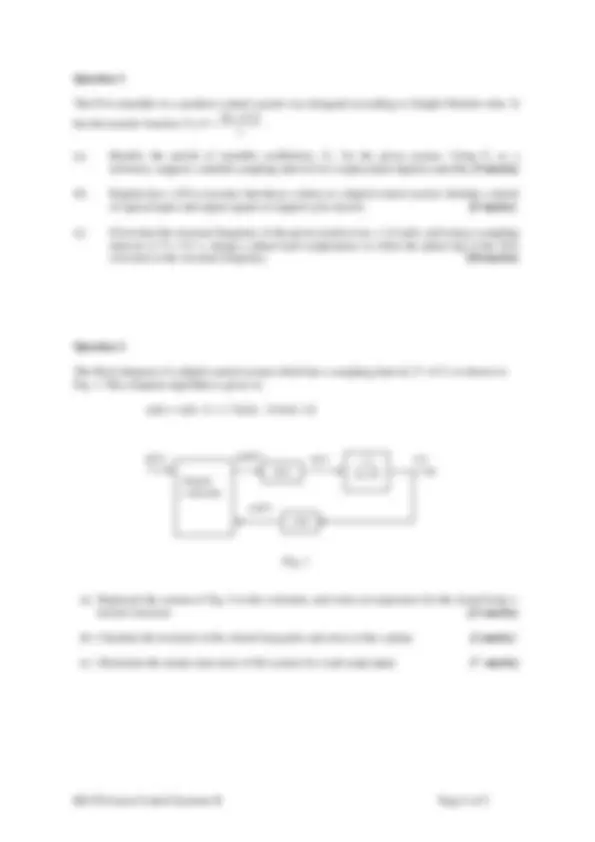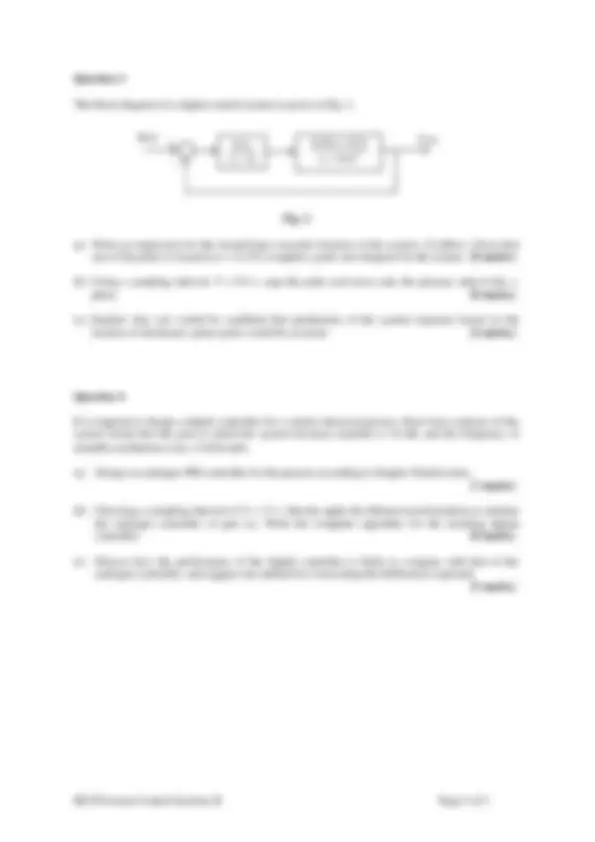





Study with the several resources on Docsity

Earn points by helping other students or get them with a premium plan


Prepare for your exams
Study with the several resources on Docsity

Earn points to download
Earn points by helping other students or get them with a premium plan
Community
Ask the community for help and clear up your study doubts
Discover the best universities in your country according to Docsity users
Free resources
Download our free guides on studying techniques, anxiety management strategies, and thesis advice from Docsity tutors
An exam for the ee329 linear control systems ii module, including instructions, requirements, and questions related to control systems, transfer functions, ziegler-nichols rules, and digital control systems. The exam consists of four questions, and students are required to answer any three of them. Each question carries equal marks (20 marks), and the duration of the exam is 2 hours.
Typology: Exams
1 / 5

This page cannot be seen from the preview
Don't miss anything!




Mp Mo
2 ζ 1 − ζ (^2) ( ζ ≤ 0. 707)
Tr (0 − 100%) =
Overshoot = 100 exp −
Ts (±2%) ≤
ln
Ts (±5%) ≤
ln
s
G (s)^4 (s^0.^5 ) c
Digital controller
r(kT) m(kT)^ m(t) c(t)
c(kT)